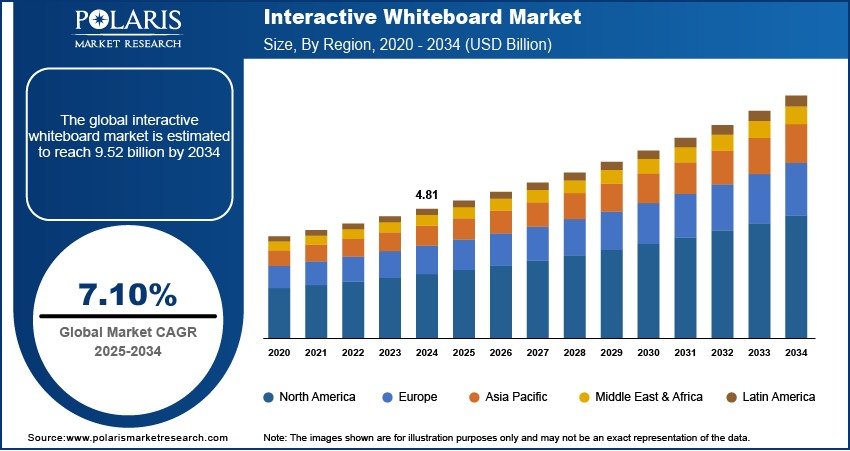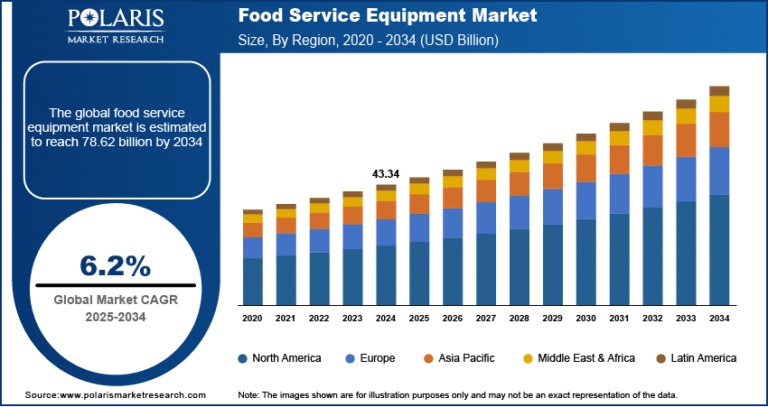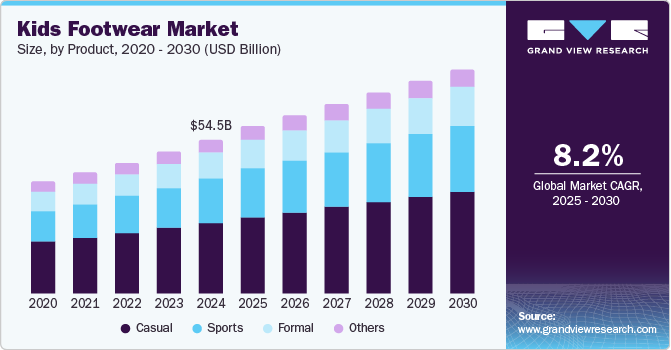Interactive Whiteboard Market Size Projected to Reach USD 9.52 Billion by 2034 | CAGR: 7.10%

The global interactive whiteboard market was valued at USD 4.81 billion in 2024 and is expected to grow at a CAGR of 7.10% from 2025 to 2034. Growth is largely fueled by the rising adoption of smart education technologies and the expansion of digital classroom solutions.
Key Market Trends
- Growing Adoption in Education Sector
- Increased demand for digital learning tools is driving adoption of interactive whiteboards in K-12 and higher education classrooms.
- Rise in Smart Classrooms and EdTech Integration
- Governments and institutions are investing in smart classroom infrastructure, integrating interactive whiteboards with projectors, learning management systems, and remote learning platforms.
- Corporate Sector Demand for Collaboration Tools
- Businesses are increasingly using interactive whiteboards for team meetings, virtual collaboration, and presentations in hybrid work environments.
- Advancements in Touchscreen and Sensor Technologies
- Integration of multi-touch, gesture recognition, and stylus support is improving user experience and broadening use cases.
- Increased Use in Remote and Hybrid Learning
- Interactive whiteboards are becoming essential tools for synchronous teaching and real-time collaboration in remote learning setups.
- Integration with Cloud-Based Software
- Cloud connectivity allows real-time content sharing, saving sessions, and collaboration across geographies.
- Customization and Modular Solutions
- Growing demand for customizable whiteboard solutions with modular features tailored for classrooms, training centers, and boardrooms.
Market Size & Forecast
Market Size Value in 2024 USD – 4.81 billion
Market Size Value in 2025 USD – 5.14 billion
Revenue Forecast in 2034 USD – 9.52 billion
CAGR – 7.10% from 2025–2034
Request for Free Sample:
Industry Overview:
The interactive whiteboard market encompasses advanced display systems that enable real-time collaboration, annotation, and digital content interaction through touch or pen-based inputs. These devices are widely used in educational institutions, corporate offices, training centers, and government organizations to enhance presentations, teaching, and remote communication. Interactive whiteboards integrate with computers, projectors, and cloud-based platforms to provide a seamless and engaging experience. As digital transformation accelerates across sectors, the demand for smart, collaborative tools like interactive whiteboards continues to grow globally.
Key Market Drivers & Barriers:
A primary driver of the market is the increasing adoption of smart classroom technologies and e-learning solutions, especially in K-12 and higher education institutions. Rising investments in digitized corporate workspaces, hybrid learning models, and remote collaboration tools have further fueled demand. Technological advancements such as AI integration, gesture recognition, and 4K/UHD displays are enhancing product appeal. However, high initial costs of installation and maintenance, coupled with limited technical expertise among end-users, can hinder adoption—particularly in small institutions and developing regions. Budget constraints and competition from alternative collaboration tools like tablets and large-format displays also pose challenges.
Market Opportunity:
The interactive whiteboard market presents strong opportunities in expanding into emerging economies where government initiatives for digital education infrastructure are gaining momentum. Growing demand for hybrid and smart office environments provides new avenues for deployment beyond traditional classrooms. Integration with AI-driven analytics, IoT-enabled features, and augmented reality (AR) applications can unlock innovative use cases in both education and enterprise settings. As organizations continue to prioritize engagement and remote collaboration, the market is well-positioned for sustained growth across diverse industry verticals.





